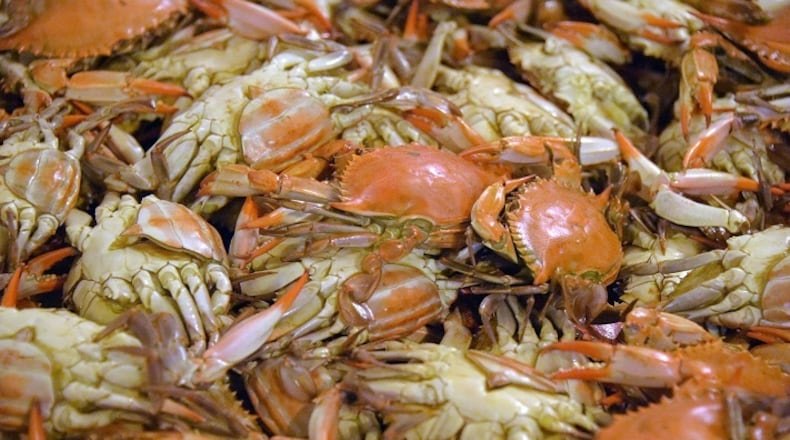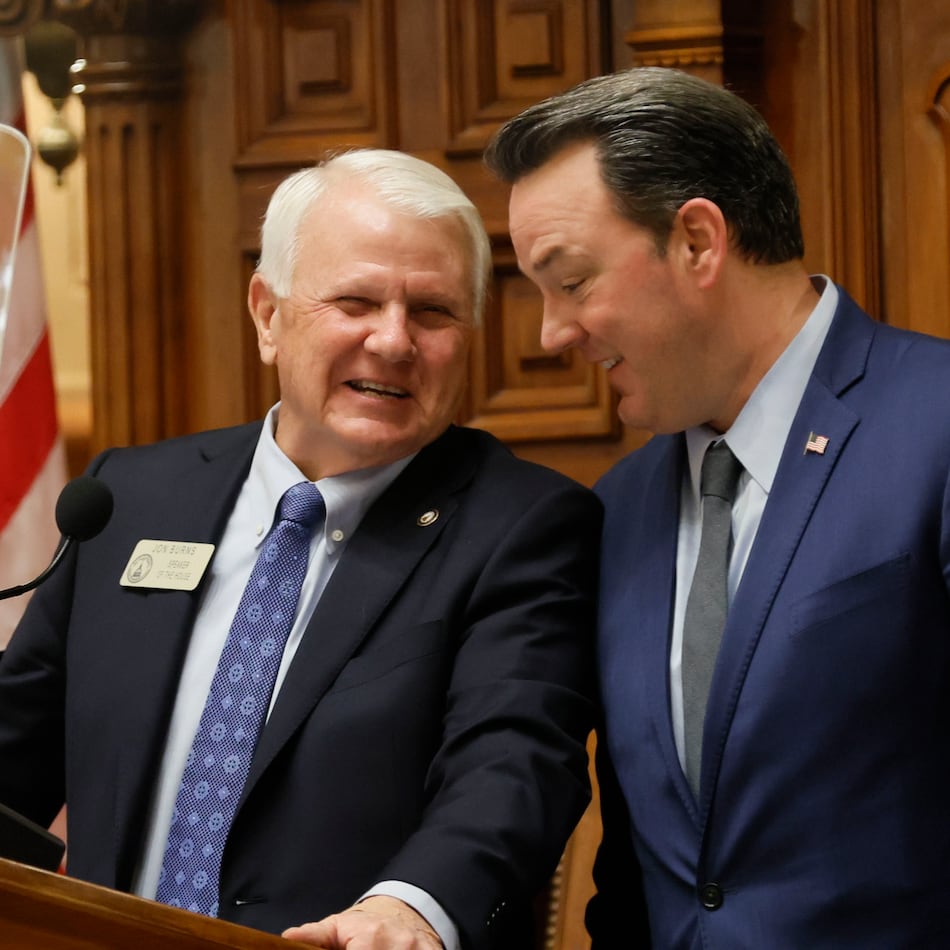On a recent trip to southwest Florida, I set out to eat plenty of seafood. I enjoy most all seafood and fish, but one of my favorites is crab. And one way I like crab most is in the form of crab cakes.
Simple, tasty and filling.
On my Florida trip, however, I was disappointed by the crab cakes at two different restaurants. Both served a cake that was as flat as a sausage patty. At one location, the flat patty (no more than one-fourth of an inch thick) was served on a huge kaiser roll. Really? The patty was lost in the bun, which was four times its size. To the restaurant’s credit, the menu listed it as a “housemade crab cake” instead of a “Maryland-style” crab cake.
Maybe it’s a regional thing. Maybe crab cakes made in Florida just aren’t the same as those from Maryland. Or maybe the restaurants were trying to save money by using as little crab as possible in their cakes.
I’ve never been to Maryland, but I’ve made and eaten plenty of Maryland-style crab cakes. This style of crab cake reigns supreme — and for good reason. A true Maryland crab cake has discernible pieces of crab. It’s made with just enough filler to hold it together, and it has a sweet crab flavor.
Long ago, when I first started making crab cakes, I took cues from the pros and from friends who hail from the Chesapeake Bay region, where blue crab is king for crab cakes.
Some restaurants, I’ve found, add too much filler to their cakes in the form of bread or cracker crumbs. Use too little filler and the crab cakes will fall apart. Too much, however, leaves them mushy and tasting like filler.
Crab is something that should be treated simply. Don’t over-season or add too many ingredients. You don’t want to take away from the flavor of sweet crab meat from the salty coastal Atlantic.
Here are some tips for making crab cakes.
What is a Maryland-style crab cake?
These are all about the meat: chunks of stark white crab from blue crabs. The cakes are held together with minimal binding ingredients.
What kind of crab do you use?
First, you need to prepare your wallet. Crab is pricey depending on what you buy. The cost is high not because of a shortage or crab but because of a shortage of crab pickers. Crab is classified into the following grades.
— Jumbo lump or colossal: The priciest of all. These are large, unbroken pieces taken from the crab’s two largest muscles. The pieces are connected to the crab’s back swimming legs and are removed intact.
— Lump or backfin lump crab: These are slightly smaller pieces, but have the same flavor. Sometimes this contains broken pieces of the jumbo lump.
— Special: Smaller pieces of white meat from the body of the crab.
— Claw meat: It comes from the swimming fins of the crab, is brownish in color and has strong crab flavor.
How do you make and shape them?
Mix jumbo or lump crab carefully with bread or cracker crumbs. Add maybe an egg and mayonnaise as a binder and some seasonings.
You can first mix together all the binding ingredients and seasoning, then carefully fold in the crab. Use a spatula to mix it together gently so you don’t break any of the precious lump crab pieces.
Use an ice cream scoop to make the cake. Place scoops of crab mixture onto a baking sheet and press down slightly. Chill the mixture 30 minutes to an hour before cooking.
Today’s recipe is favorite from our archives that I’ve tweaked here and there. Though the sauces pair nicely with the crab cakes, they are purely optional. The sauce flavors should complement, not compete with, the crab.
———
LUMP CRAB CAKES WITH AVOCADO AIOLI AND CILANTRO BUTTER SAUCE
Makes: 8 crab cakes / Preparation time: 45 minutes
Total time: 1 hour, 10 minutes
1 pound lump crab meat or mix of lump, special or backfin and claw meat, with any cartilage removed
1/2 cup finely crushed saltines or panko bread crumbs
1 egg, beaten
1/4 cup reduced-fat mayonnaise
2 teaspoons (or to taste) Old Bay seasoning
1 tablespoon Dijon mustard
1 tablespoon lemon juice
2 tablespoons chopped chives or green onion
1/4 teaspoon sea salt
Oil for frying the crab cakes
AVOCADO AIOLI
1 medium ripe avocado, halved, pitted
1 small garlic clove, peeled
1 tablespoon fresh lime juice
1/3 cup chopped cilantro
CILANTRO BUTTER SAUCE
1/3 cup white wine vinegar
1/4 cup butter, cut into pieces
1 large Roma tomato, skinned, seeded, diced
Fresh chopped cilantro (about 2 tablespoons)
Salt and pepper to taste
Place the crab in a large bowl and gently fold in the crushed saltines or panko. In another bowl, whisk together the egg, mayonnaise, Old Bay, Dijon, lemon juice, chives and sea salt. Fold this into the crab, taking care not to break up the lumps of crab. If the mixture seems too loose, add a bit more mayonnaise and/or crumbs to help bind it.
Shape the mixture into eight patties. Place on a plate and cover with plastic wrap. Chill for at least 1 hour.
Meanwhile, make the sauces, if using them. For the Avocado Aioli: Place the avocado, garlic and lime juice in a blender or food processor. Puree until smooth.Add a bit more lime juice or water if the mixture isn’t smooth. It should be the consistency of yogurt. Stir in the cilantro and set aside.
For the Cilantro Butter sauce: In a small saucepan, boil the vinegar until reduced by half. Remove from the heat and stir in the butter pieces until incorporated. Stir in the diced tomato, cilantro, salt and pepper to taste. Set aside.
To cook the crab cakes: In a large skillet, heat a few tablespoons of canola oil over medium heat. Add four crab cakes to the skillet and cook 3 to 4 minutes or until browned on each side.
To serve, top crab cakes with Avocado Aioli and/or Cilantro Butter sauce. Serve warm on a bed of mixed greens, if desired.
From and tested by Susan Selasky for the Free Press Test Kitchen. Analysis per 1 crab cake.
242 calories (58 percent from fat), 16 g fat (5 g saturated fat), 11 g carbohydrates, 15 g protein, 631 mg sodium, 87 mg cholesterol, 2 g fiber
About the Author
The Latest
Featured


